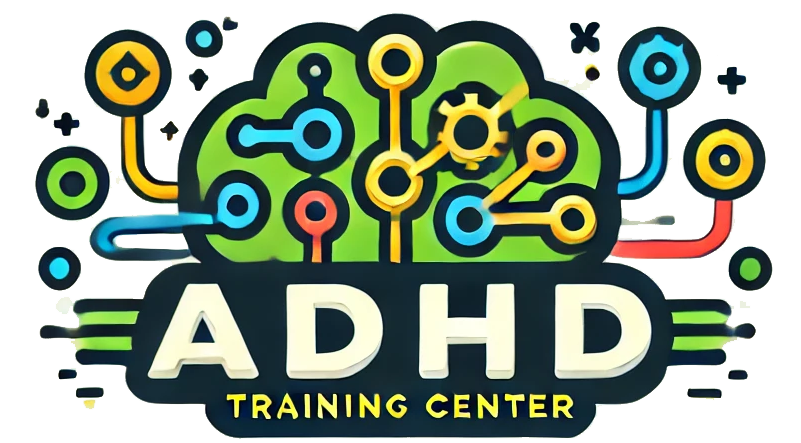Children with ADHD often have active minds and bodies. School can be a challenge, because it requires extended focus that can be difficult for a child to sit through. After school, then, becomes a time where they can get rid of some of that excess energy, have fun, and engage in activities that help them physically and mentally.
At the same time, because school can be so cognitively demanding, it becomes important to have a balance – a way to make sure that you’re giving your child a chance to rest and relax, without overdoing what they can handle.
What After School Activities Are Best?
For children with ADHD, activities that provide structure, movement, and opportunities for success tend to be the most helpful. These activities allow them to channel their energy in a productive way while also reinforcing skills like focus, self-regulation, and teamwork.
- Sports with Structure – Team sports such as soccer, basketball, or swimming can be excellent outlets. These activities combine physical exercise with rules and routines, which help children practice following directions and managing impulses.
- Martial Arts – Disciplines like karate, judo, or taekwondo emphasize self-control, respect, and gradual skill building. Many children with ADHD respond well to the structured repetition, the sense of progress, and the emphasis of on focus and control without the cognitive demands of the classroom.
- Music or Performing Arts – Learning an instrument, joining a choir, or participating in theater can give children a creative outlet while also requiring attention and practice. These activities reinforce patience and concentration.
- Outdoor and Nature Programs – Hiking groups, scouts, or environmental clubs combine physical activity with exposure to nature, which has been shown to reduce ADHD symptoms and improve mood regulation.
- Individual Activities – Some children benefit from activities that don’t require constant social coordination, such as dance, gymnastics, or art classes, where they can focus on personal growth.
The best choice depends on the child’s interests, tolerance for group interaction, and ability to handle structured vs. unstructured environments. But keep in mind that there may also be benefits to helping your child gain skills in after school activities that they struggle to gain given the all day environment of the classroom.
How Much is “Too Much” and Why Do Students Need Rest?
It can be tempting to keep a child with ADHD as busy as possible, under the assumption that more activities mean less time for distraction. But over-scheduling can create stress and fatigue, leading to frustration and burnout.
- Cognitive Recovery – A school day already places heavy demands on focus and self-regulation. Children with ADHD may expend more effort than peers just to remain engaged in class. They need downtime after school to recharge.
- Signs of Over-Scheduling – Moodiness, resistance to attending activities, slipping grades, or constant complaints of being tired can signal that the schedule is too full.
- The Value of Unstructured Time – Rest doesn’t mean doing nothing—it can mean free play, quiet hobbies, or simply having space to relax without performance demands. This balance allows the brain to recover and helps prevent negative associations with structured tasks.
- Finding the Right Rhythm – Many families find that one or two consistent activities per week, paired with dedicated downtime, works best. The goal is to provide enough stimulation and skill development without overwhelming the child.
Extracurricular activities can play an important role in helping children with ADHD build confidence, friendships, and coping skills. But they should be selected thoughtfully and balanced with the need for rest. By focusing on activities that align with your child’s interests and capacity, while leaving room for downtime, you create an environment where your child can thrive both inside and outside the classroom.


